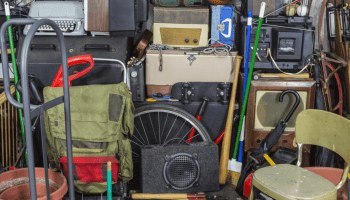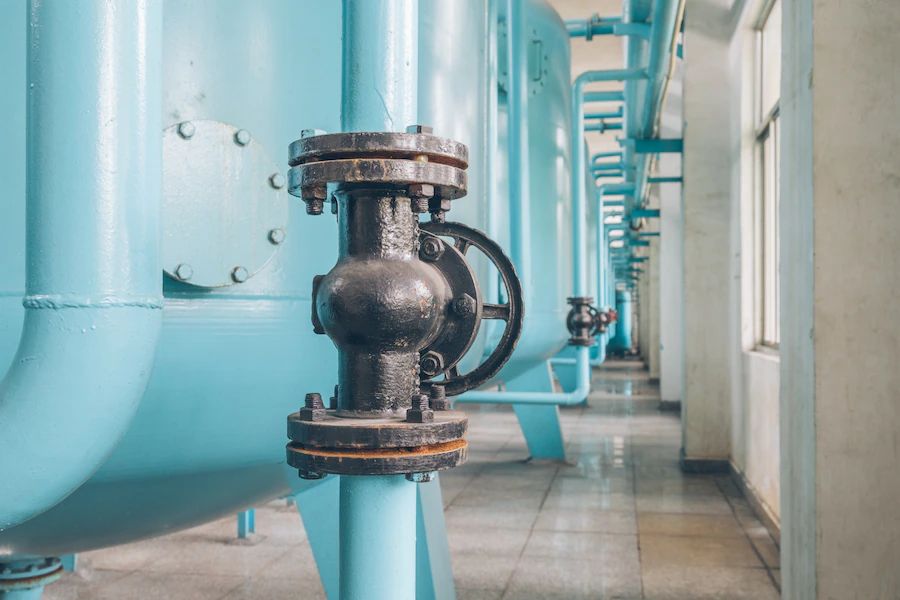Heat tube exchangers are crucial in many industries for efficient heat transfer between fluids. They consist of a series of tubes arranged to facilitate heat exchange with a fluid flowing over them. The fluid inside the tubes may be heated or cooled, while the fluid outside the tubes (known as the shell side) may be cooled or heated, depending on the specific application.
There are two main types of heat tube exchangers: shell-and-tube exchangers and plate exchangers. Shell-and-tube exchangers are the most common, consisting of tubes placed inside a cylindrical shell. On the other hand, plate exchangers are made up of a series of thin, corrugated plates stacked together to create the heat transfer surface.
Uses Of Heat Tube

Heat tube exchangers are used in various industries, from chemical processing to food and beverage production. In the chemical industry, heat tube exchangers are used for distillation, evaporation, and condensation. They are also used in power generation plants, which help cool the steam used to drive the turbines.
Another popular application for heat tube exchangers is in HVAC systems. HVAC systems use heat exchangers to transfer heat between air streams to regulate temperature and humidity levels inside buildings. Heat tube exchangers are also found in refrigeration systems, which remove heat from the refrigerant to keep things cool.
In addition to their importance in industrial processes, heat tube exchangers are becoming increasingly popular in renewable energy applications such as geothermal heating and cooling systems. These systems use the earth’s constant temperature to heat and cool buildings; heat tube exchangers play a critical role in the process.
Advantages Of Using A Heat Tube Exchanger
Heat tube exchangers are commonly used in industrial processes to transfer heat from one fluid to another. They consist of a series of tubes that are sealed on both ends and arranged in a bundle, and heat is exchanged between the fluids as they flow through the tubes in opposite directions.
One of the main advantages of using a heat tube exchanger is its efficiency. The design of the tubes allows for a large surface area to be in contact with the fluids, maximizing heat transfer. Additionally, a countercurrent heat exchange process is established because the fluids flow in opposite directions, further enhancing efficiency.
Another advantage of heat tube exchangers is their versatility. They can be used for various applications, including heating and cooling gases and liquids, generating steam, and recovering waste. They can also operate at high temperatures and pressures, making them suitable for use in various industries such as petrochemical, power generation, and pharmaceuticals.
Heat tube exchangers are also highly durable and require minimal maintenance. Using corrosion-resistant materials and the absence of moving parts means they have a long lifespan and can be operated continuously for extended periods. They are also easy to clean and can be designed to prevent fouling, which can further reduce maintenance costs.
How To Choose The Right Size For Your Application?
Heat tube exchangers are integral to many industrial and commercial applications as they facilitate heat transfer between two fluids, such as liquids or gases, without direct contact. To ensure optimal performance, choosing the right size for your specific application is essential.
The size of a heat tube exchanger is determined by several factors, including the size of the tubes, the total number of tubes, the type of tubes, the spacing between tubes, and the overall geometry of the heat exchanger. The size of the heat exchanger is typically given by its heat transfer area, which is the total surface area of the tubes exposed to the two fluids.
Choosing the right size for your application depends on several factors, including the type of fluids being used, the required flow rates, the desired temperature range, and the available space for installation. A larger heat exchanger may be required for high flow rates, while a smaller one may be sufficient for lower flow rates. The temperature range of the fluids also plays an important role in determining the size of a heat exchanger. For example, a bigger heat exchanger would be necessary to ensure efficient heat transfer if the fluids have a large temperature difference.
The spacing between tubes is equally critical in selecting the right size for your application. A heat exchanger with closer tube spacing provides more heat transfer area, improving the overall efficiency of the process. However, closer tube spacing requires higher pumping power to move fluids through the tubes, which may increase operating costs.
Highlight Safety Considerations When Using This Type Of Equipment
When using heat tube exchangers, it is important to consider certain safety precautions to prevent accidents and ensure the efficient operation of the equipment.
First and foremost, it is crucial to properly install and maintain the heat tube exchanger to prevent leaks and other equipment failures. Regular inspections and maintenance should be carried out to ensure that the equipment is operating at its best and that all necessary repairs are made promptly.
Additionally, it is essential to use the right materials for the heat transfer fluids to avoid corrosion, which can cause leaks and equipment damage. Using incompatible fluids can also create dangerous situations, such as releasing toxic fumes or explosions.
It is also important to monitor the pressure and temperature inside the heat tube exchanger to prevent overloading and overheating, which can lead to equipment failure and accidents. Adequate pressure relief valves and temperature sensors should be installed to prevent these hazards.
Furthermore, operators should be properly trained on using the heat tube exchanger, and all safety measures should be communicated and understood. Personal protective equipment, such as gloves and eyewear, should be worn when handling the equipment or fluids.
Overall, the safe operation of heat tube exchangers requires careful planning, regular maintenance, and adherence to strict safety protocols. Failure to follow these measures can result in accidents, equipment damage, and loss of productivity.
Conclusion
Heat exchangers are incredibly useful and versatile technology used in various settings. They offer an efficient way to transfer energy from industrial processes to heating systems for homes and businesses. A heat tube exchanger is one type of device that uses tubes filled with fluids or gases to transfer thermal energy from one side to another.
Understanding how this device works is important so you know when it might be appropriate for your particular application. With its ability to handle high temperatures and pressures while maintaining efficiency, a heat tube exchanger may be the perfect solution for your needs!
Read Also:




























